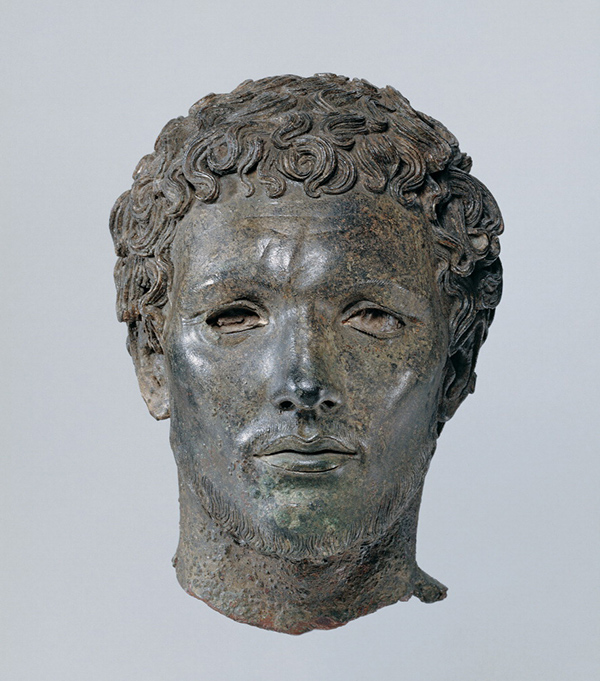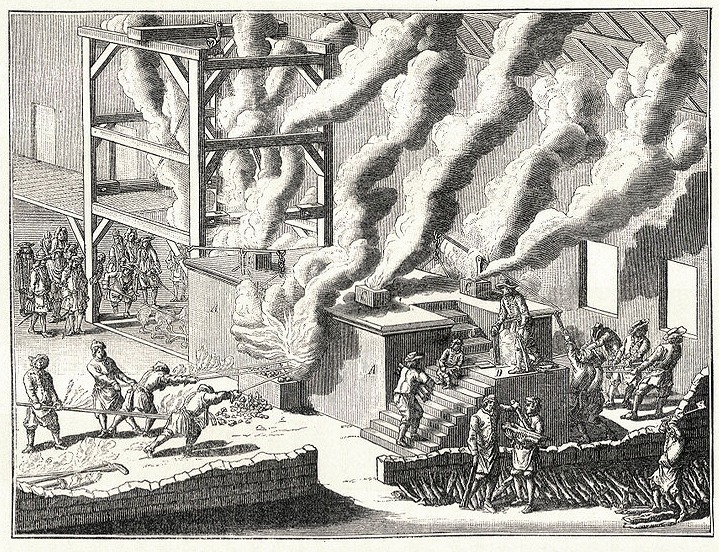From ancient origins to modern marvels: The evolution of non-ferrous foundries
Non-ferrous foundries boast a rich history dating back thousands of years. The development of non-ferrous metal casting began in ancient civilizations, where metals like copper, bronze, and later brass were highly valued for their versatility and durability. Early foundries emerged in the Middle East and the Mediterranean, and significant advancements occurred in ancient Egypt, Mesopotamia, Greece, and Rome. These cultures refined techniques such as lost-wax casting and sand casting, enabling the production of intricate objects, tools, and weapons.
 In ancient Egypt, the use of copper for tools and ornaments was widespread by 4000 BCE. Egyptians pioneered techniques like lost-wax casting, which involved creating a wax model of the object to be cast, covering it with clay, and then heating it to melt away the wax, leaving a cavity for molten metal. This method allowed for detailed and complex designs, evident in artifacts such as the exquisite gold jewelry and statuary from this period. Mesopotamians, known for their contributions to early civilization, also made significant strides in metallurgy. By around 3000 BCE, they were using bronze extensively, which played a crucial role in their weaponry, art, and daily tools.
In ancient Egypt, the use of copper for tools and ornaments was widespread by 4000 BCE. Egyptians pioneered techniques like lost-wax casting, which involved creating a wax model of the object to be cast, covering it with clay, and then heating it to melt away the wax, leaving a cavity for molten metal. This method allowed for detailed and complex designs, evident in artifacts such as the exquisite gold jewelry and statuary from this period. Mesopotamians, known for their contributions to early civilization, also made significant strides in metallurgy. By around 3000 BCE, they were using bronze extensively, which played a crucial role in their weaponry, art, and daily tools.
 Greece and Rome further advanced non-ferrous metallurgy. Greek artisans were renowned for their bronze sculptures, many of which showcased intricate details and lifelike forms. The Roman Empire, with its vast resources and engineering prowess, expanded the applications of non-ferrous metals in construction, coinage, and military equipment. Romans perfected sand casting, a method where sand is used to create a mold, which was more economical and allowed for mass production of metal objects. Their expertise laid the groundwork for future innovations in the field.
Greece and Rome further advanced non-ferrous metallurgy. Greek artisans were renowned for their bronze sculptures, many of which showcased intricate details and lifelike forms. The Roman Empire, with its vast resources and engineering prowess, expanded the applications of non-ferrous metals in construction, coinage, and military equipment. Romans perfected sand casting, a method where sand is used to create a mold, which was more economical and allowed for mass production of metal objects. Their expertise laid the groundwork for future innovations in the field.
During the Middle Ages, non-ferrous metallurgy spread across Europe and Asia, spurred by demands for better weaponry and artisanal objects. This era saw the establishment of guilds, which were organizations of craftsmen that played a critical role in maintaining high standards and disseminating metallurgical knowledge. The advent of new techniques, such as the introduction of the blast furnace, enhanced metal production. The Renaissance period saw significant improvements in metallurgical knowledge and foundry practices, driven by the revival of classical knowledge and the growth of scientific inquiry. Artists and engineers like Leonardo da Vinci studied and documented metallurgical processes, contributing to a deeper understanding of material properties and casting techniques.
 By the 17th and 18th centuries, the Industrial Revolution brought transformative changes, including the development of more sophisticated foundry equipment and processes. The introduction of the reverberatory furnace allowed for more precise control over melting and casting, reducing impurities and improving metal quality. This period also saw the rise of large-scale manufacturing, with foundries producing components for machinery, transportation, and infrastructure. Innovations such as the Bessemer process for steel making indirectly benefited non-ferrous foundries by driving the overall advancement of metallurgical techniques.
By the 17th and 18th centuries, the Industrial Revolution brought transformative changes, including the development of more sophisticated foundry equipment and processes. The introduction of the reverberatory furnace allowed for more precise control over melting and casting, reducing impurities and improving metal quality. This period also saw the rise of large-scale manufacturing, with foundries producing components for machinery, transportation, and infrastructure. Innovations such as the Bessemer process for steel making indirectly benefited non-ferrous foundries by driving the overall advancement of metallurgical techniques.
The 19th and 20th centuries witnessed the rapid expansion of non-ferrous foundries due to increased demand from burgeoning industries such as automotive, aerospace, and electronics. The invention of the internal combustion engine and the advent of automobiles created a substantial need for lightweight, durable metal parts. Aluminum, with its excellent strength-to-weight ratio, became a material of choice, leading to significant advancements in casting techniques specific to this metal. Aerospace industries pushed the boundaries of alloy development, requiring materials that could withstand extreme conditions and stresses.
Innovations in alloy composition, casting techniques, and quality control significantly enhanced the capabilities and output of nonferrous foundries. The development of high-performance alloys, such as titanium and nickel-based superalloys, expanded the range of applications for non-ferrous metals, particularly in sectors demanding high strength and corrosion resistance. Advancements in materials science during the latter half of the 20th century led to the development of new alloys with superior properties, further expanding the applications of non-ferrous castings.
 Today, non-ferrous foundries continue to evolve, incorporating advanced technologies like computer-aided design (CAD), 3D printing for mold creation and direct metal shape printing, and sophisticated recycling processes. CAD allows for precise design and simulation of casting processes, reducing errors and improving efficiency. 3D printing revolutionizes mold-making, enabling complex shapes and reducing lead times. Sophisticated recycling processes ensure that metals are reused efficiently, minimizing waste and supporting sustainable practices.
Today, non-ferrous foundries continue to evolve, incorporating advanced technologies like computer-aided design (CAD), 3D printing for mold creation and direct metal shape printing, and sophisticated recycling processes. CAD allows for precise design and simulation of casting processes, reducing errors and improving efficiency. 3D printing revolutionizes mold-making, enabling complex shapes and reducing lead times. Sophisticated recycling processes ensure that metals are reused efficiently, minimizing waste and supporting sustainable practices.
Non-ferrous foundries now play a crucial role in modern manufacturing and sustainable practices. They produce essential components for renewable energy systems, such as wind turbines and solar panels, contributing to the transition towards a greener economy. Additionally, the medical field benefits from nonferrous castings in the form of implants and surgical instruments, made from biocompatible alloys that offer strength and reliability.
The journey of non-ferrous foundries from ancient times to the present day highlights a remarkable evolution driven by innovation, adaptation, and the relentless pursuit of excellence. These foundries have continuously adapted to meet the changing needs of society, demonstrating resilience and ingenuity. As technology advances and new challenges arise, non-ferrous foundries will undoubtedly continue to play a vital role in shaping the future of manufacturing and contributing to humanity's technological progress.
